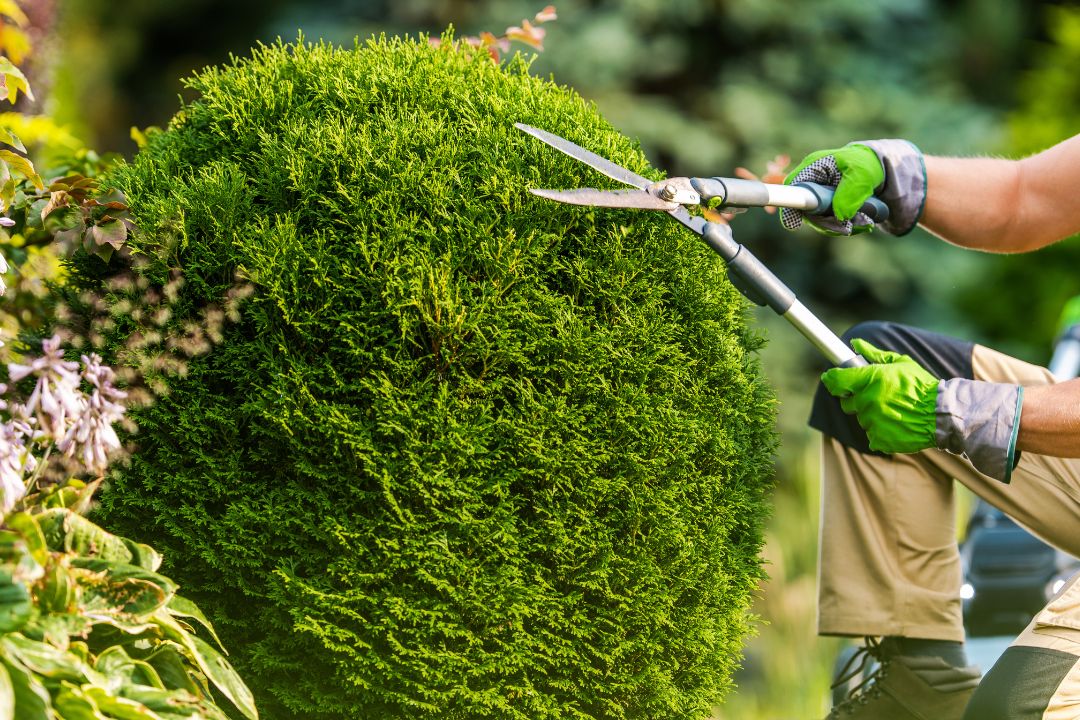
Tree trimming is an essential practice for maintaining the health and beauty of your landscape. Proper trimming not only enhances the aesthetic appeal of your trees but also promotes their growth and longevity. Whether you are a seasoned gardener or a beginner, mastering the art of tree trimming can take your landscaping skills to the next level. Here are some tips and tricks to help you achieve a beautiful and well-maintained landscape.
First and foremost, it is crucial to understand the importance of timing when it comes to tree trimming. The best time to trim most trees is during the dormant season, which is typically in late winter or early spring. Trimming during this time allows the tree to heal quickly and minimizes the stress on the tree. However, some trees, such as flowering trees, are best trimmed right after they bloom to avoid cutting off next year's flower buds. Be sure to research the specific timing requirements for each type of tree in your landscape.To know more about tree trimming services you may visit NJ Treecare.
When it comes to the actual trimming process, there are a few key techniques to keep in mind. One important rule to follow is to never remove more than 25% of the tree's foliage in a single season. Over-pruning can weaken the tree and make it more susceptible to disease and pests. Another important technique is to make clean cuts at the branch collar, which is the area where the branch meets the trunk. Cutting too close to the trunk or leaving stubs can hinder the tree's ability to heal properly.
It is also essential to use the right tools for the job. Sharp, clean pruning shears or loppers are necessary for making precise cuts without causing damage to the tree. For larger branches, a pruning saw may be required. Investing in high-quality tools will make the trimming process more efficient and effective. Additionally, be sure to disinfect your tools between trees to prevent the spread of disease.
Before you start trimming, take a step back and assess the overall shape and structure of the tree. Look for any dead, diseased, or crossing branches that need to be removed. Removing these branches will not only improve the tree's appearance but also prevent potential hazards, such as falling branches. It is also important to consider the tree's natural growth habit and avoid trimming in a way that disrupts its shape or balance.
Another aspect to consider is the importance of safety when trimming trees. Always wear gloves, safety glasses, and sturdy footwear to protect yourself from sharp branches and falling debris. If you are trimming trees at a height, consider using a ladder or hiring a professional tree service with the proper equipment and expertise. Never attempt to trim trees near power lines on your own.
When it comes to shaping your trees, there are several popular pruning techniques to consider. One common technique is crown thinning, which involves selectively removing branches to allow more sunlight and air circulation throughout the tree. Crown raising is another technique that involves removing lower branches to create clearance underneath the tree. Both of these techniques can improve the overall health and appearance of the tree.
Lastly, don't forget to clean up properly after you have finished trimming your trees. Remove any debris, such as branches and leaves, from the area around the tree to prevent potential tripping hazards and to promote a tidy appearance. Consider composting the organic material to create nutrient-rich mulch for your garden.
In conclusion, mastering the art of tree trimming is a valuable skill that can enhance the beauty and health of your landscape. By following these tips and tricks, you can achieve a well-maintained and visually appealing garden that will be the envy of your neighbors. Remember to trim your trees with care, using proper techniques and tools, and always prioritize safety. Happy trimming!

 a business analyst and part time blogger. I am crazy about gathering latest information around the world. I have started this blog to share my knowledge & experience.
a business analyst and part time blogger. I am crazy about gathering latest information around the world. I have started this blog to share my knowledge & experience.